1. Leader in GaN, AESA Technology
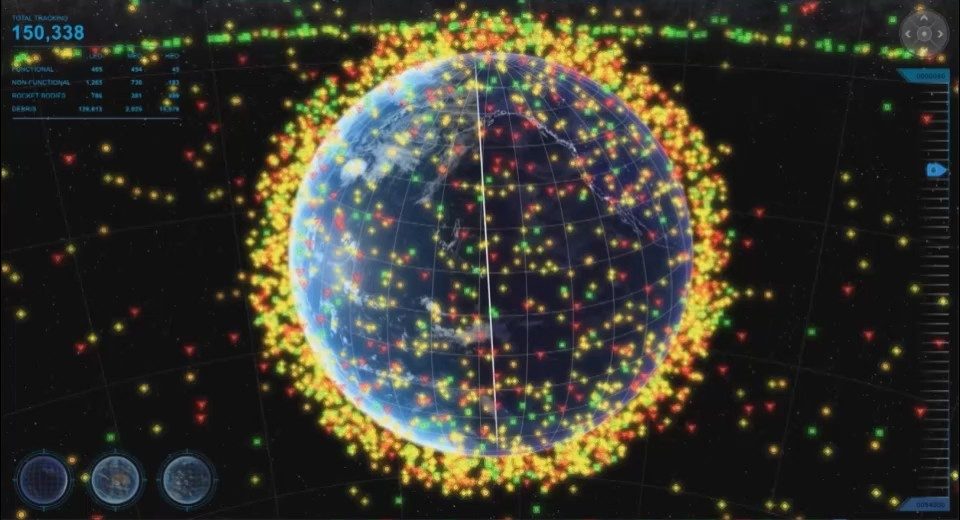
What the customer needs: Affordable, next-generation radars, able to discriminate threats at great distances, over long periods of time with minimal power consumption.
How we’re delivering results: Our latest generation of digital radar systems is setting the standard for the future: applying revolutionary technology developments such as gallium nitride (GaN) to deliver affordable radar solutions such as Space Fence, the Long Range Discrimination Radar (LRDR) and our next generation of long range air surveillance radars.
Since 2012, Lockheed Martin has offered solid state ground-based S-Band radar utilizing an open gallium nitride (GaN) foundry model that leverages relationships with strategic suppliers and leads to greater affordability. Lockheed Martin is the only company producing active electronically scanned array (AESA) radars for the U.S. Army and is the only U.S. company producing and exporting GaN-based AESA radars.
2. A 360-Degree Legacy
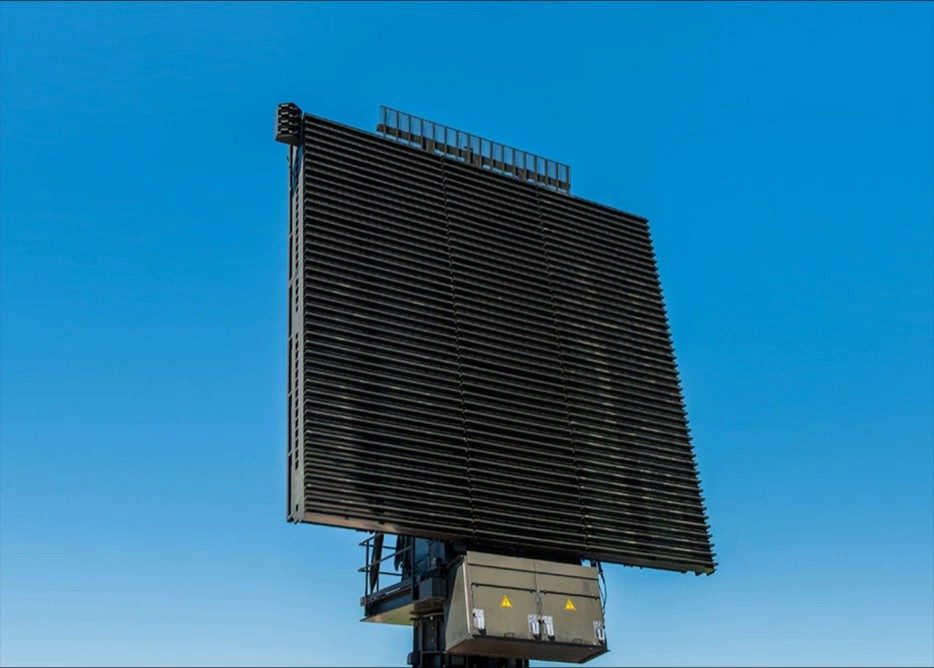
What the customer needs: Full, 360-degree protection, unprecedented reliability.
How we’re delivering results: Our family of radar products includes radars that offer true 360-degree surveillance.
Lockheed Martin has produced and maintains more than 178 surveillance-range radars, all of which are operational around the world detecting targets at ranges up to 250 miles, 24 hours a day. These radars are capable of operating completely unmanned and many have performed for decades in remote, inhospitable areas and in a wide range of operational environments.
No Lockheed Martin FPS-117, TPS-77 or TPS-59 radar has ever been taken out of service and the systems continue to operate well beyond their original 20-year service lives (many planned to operate for more than 40 years). This longevity is a direct result of continuous Lockheed Martin investment in state-of-the-art technology and dedication to customer success.
3. Multimission Capability
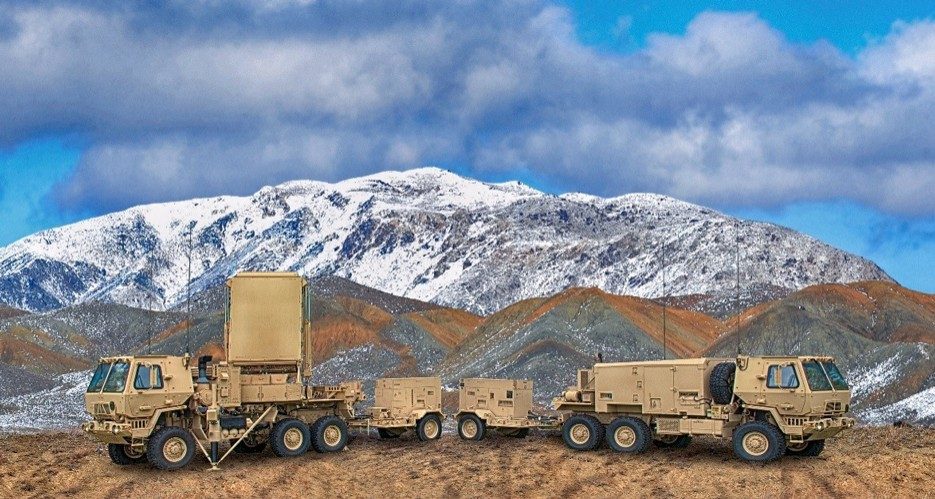
What the customer needs: Adaptable to meet various missions.
How we’re delivering results: Threats are changing. Thanks to open architecture designs, with simple software modifications and hardware additions Lockheed Martin can adjust radar systems including the Q-53 counterfire radar and Space Fence to meet various missions.
That means Q-53 can provide additional surveillance and UAV detection in addition to its core counter-fire mission making it a true multi-mission system. Space Fence has inherent capability beyond the original design. Space Fence is not only a low orbit surveillance platform that can monitor space debris; with little software modifications and hardware additions Space Fence also can be used to detect and track objects in geosynchronous orbit mission.
“Lockheed Martin radar systems, including the Q-53, can provide soldiers in combat real time awareness of air threats,” says Rick Herodes, Q-53 program director, Lockheed Martin. “The inherent flexibility of the Q-53’s active electronically scanned array (AESA) hardware architecture allows us to evolve the Q-53’s software to deal with emerging threats.”
4. At Sea, On Shore
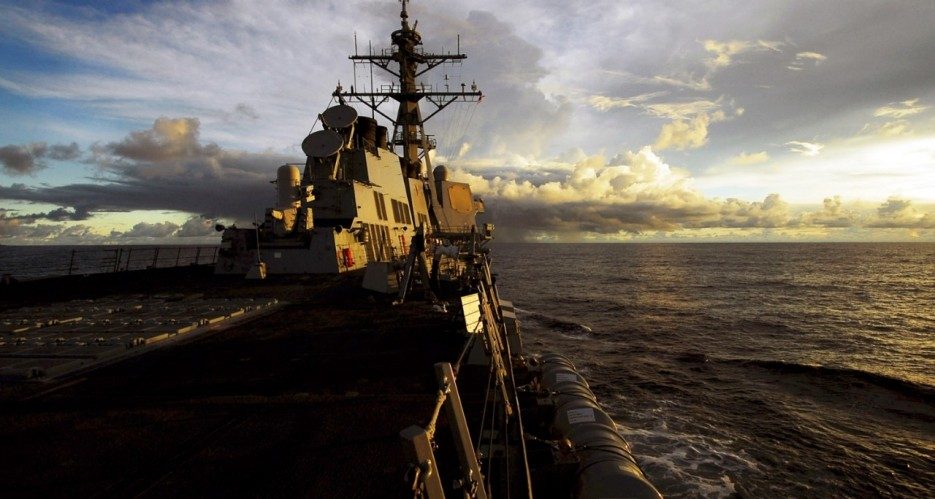
What the customer needs: An open architecture, modular radar system that can quickly adapt to emerging threats.
How we’re delivering results: The Aegis Combat System is the world’s most capable naval defense system and the sea-based element of the United States’ Ballistic Missile Defense (BMD) System. Aegis can simultaneously attack land targets, submarines and surface ships, while protecting the fleet against aircraft and missiles. It also provides protection for the U.S, our troops and allies against ballistic missile threats. Aegis Ashore in Romania is the first operational land-based BMD version of the Aegis Combat System. Aegis Ashore in Poland is in progress.
SPY-1 is the primary air search radar the Aegis Combat System. The S-band multi-function phased array radar system is designed to meet the most demanding requirements and environments. SPY-1 can automatically track multiple targets simultaneously while maintaining continuous surveillance of the sky, from the wave tops to the stratosphere.
5. Huge Results
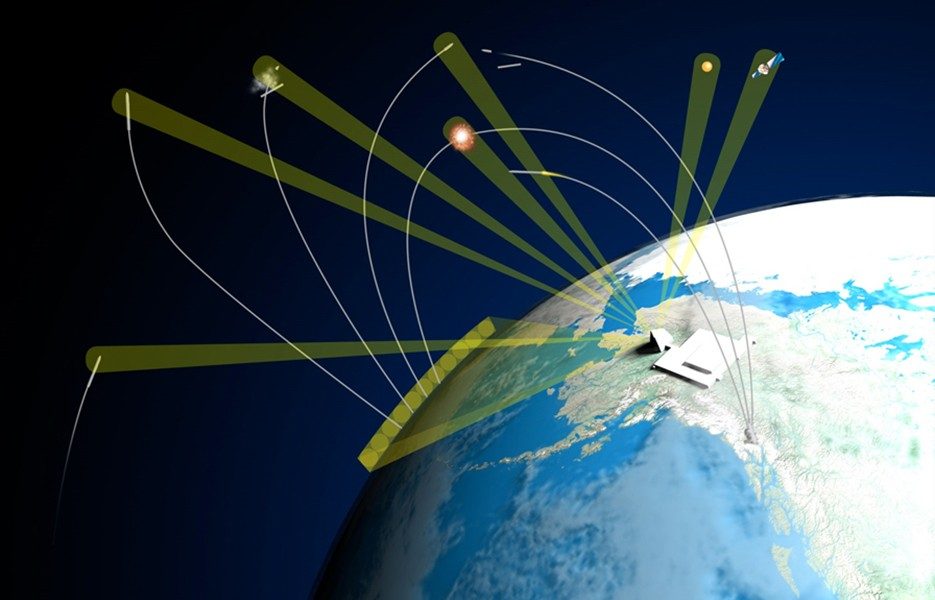
What the customer needs: Massive radar systems that offer increased more power and greater discrimination in remote, difficult locations.
How we’re delivering results: When size matters, Lockheed Martin can deliver. We’re experts in managing massive, ground-based radar projects like Space Fence in Kwajalein Atoll and the Long Range Discrimination Radar in Alaska.
“The U.S. has a limited number of ground-based interceptors to detect threats, yet the number of potential missile threats - and countermeasures used to hide those threats - is growing,” Larioni says of LRDR. “We are pairing innovative radar discrimination capability with proven ballistic missile defense algorithms.”
LRDR is a key component of the Missile Defense Agency’s Ballistic Missile Defense System (BMDS) that will provide acquisition, tracking, and discrimination data to enable separate defense systems to lock on and engage ballistic missile threats.




